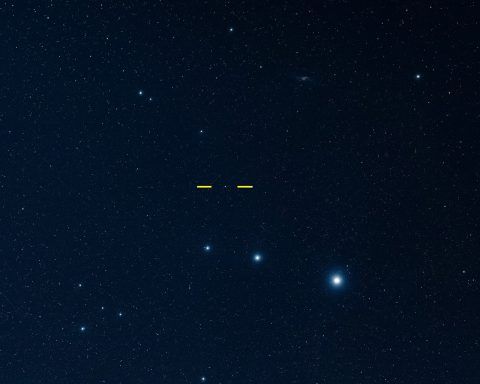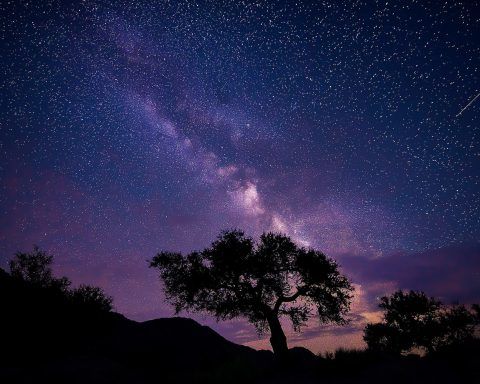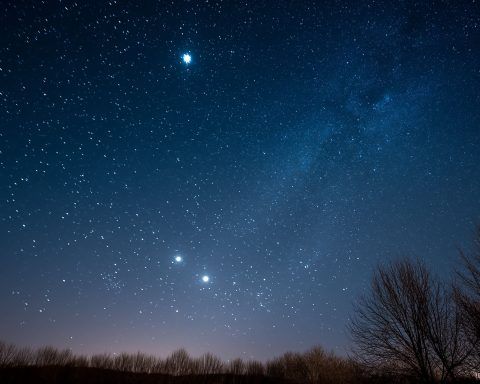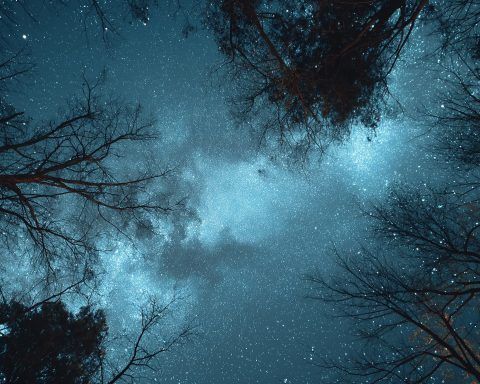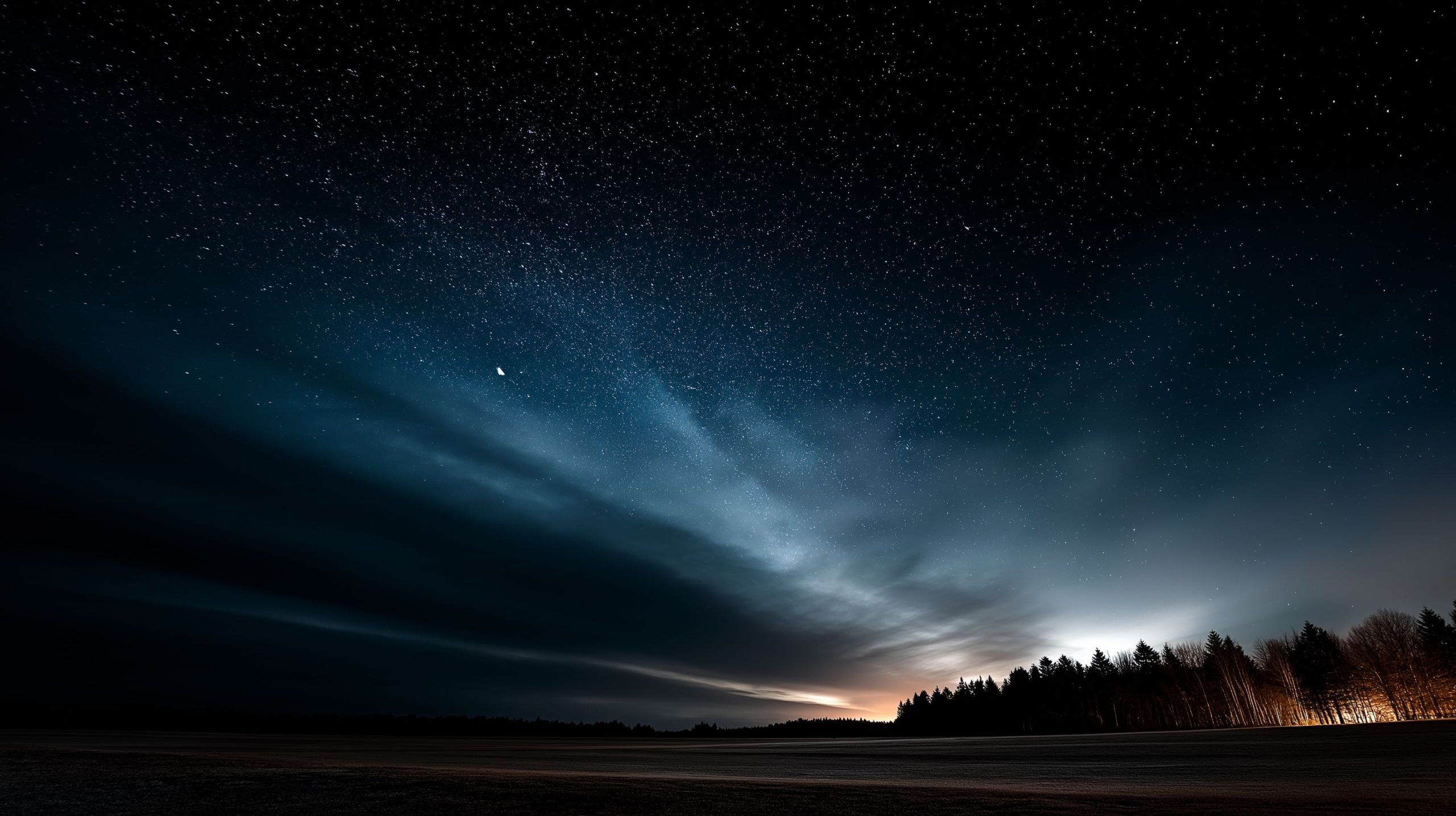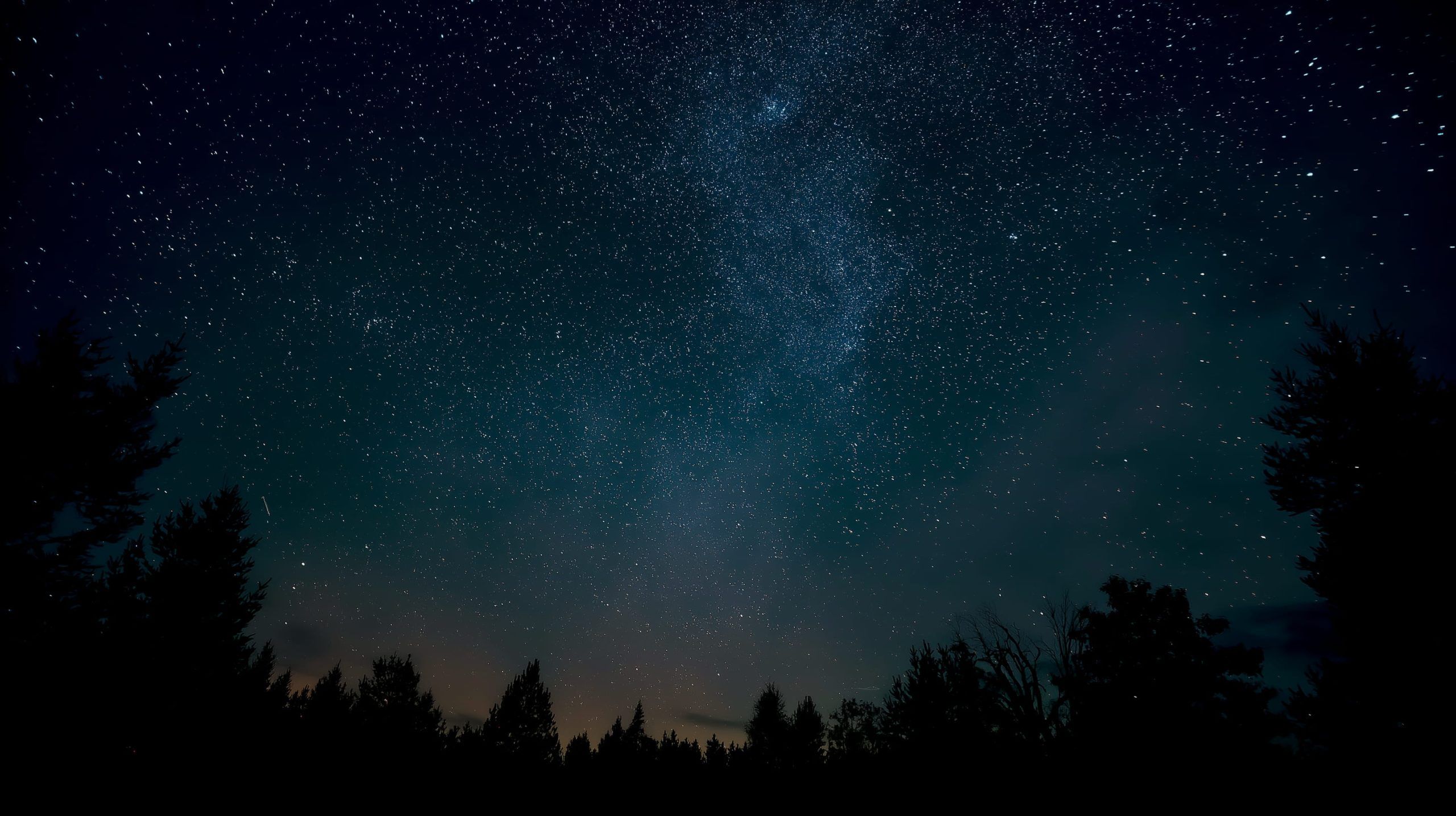
Interstellar Comet 3I/ATLAS: New Hubble Image, JUICE Flyby and ‘Ice Volcanoes’ Reveal a Peculiar Alien World
Published: 5 December 2025 A once‑in‑a‑lifetime interstellar visitor hits the headlines again Interstellar comet 3I/ATLAS has just delivered a fresh burst of science – and controversy. Over the last few days, NASA’s Hubble Space Telescope has captured a new high‑resolution
